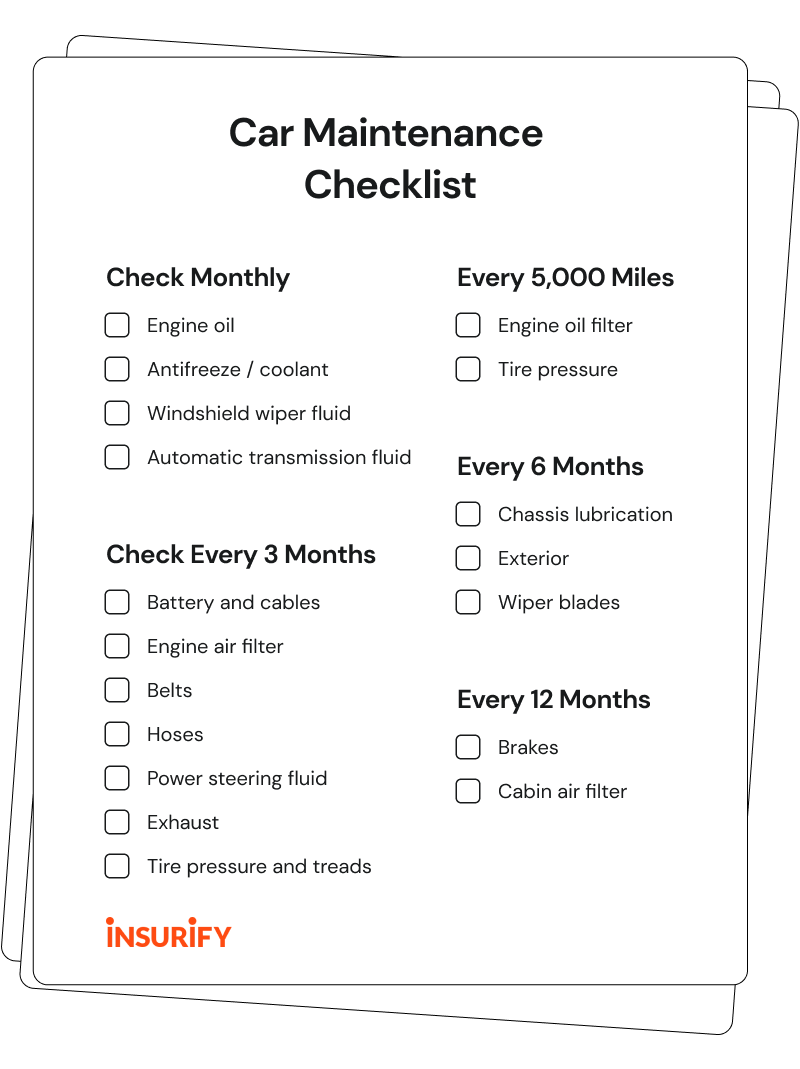So, I decided to really dig into what Ford is looking for with their vehicle models. Not in a super official, “I want to be a supplier” kind of way, but more from a practical, hands-on perspective. I had this project in mind, you see, a custom modification for my own Ford, and I figured, “How hard can it be to find out their basic requirements?”

Spoiler alert: It was harder than I thought. A lot harder.
I started off thinking I’d find some clear guidelines, maybe some technical specs that were reasonably public. You know, the kind of stuff that would help an enthusiast or a small garage. My first stop was the internet, obviously. Forums, owner groups, even tried to sift through some of Ford’s own corporate stuff, looking for clues.
What I found was… well, a bit of a mess, to be honest. It’s not like there’s one big book titled “Ford’s Requirements.” Instead, it’s like this giant, sprawling web of information, and a lot of it is either super high-level marketing talk or incredibly specific engineering jargon that doesn’t help with the practical stuff.
The Real-World Scramble
My actual project was trying to integrate a new piece of electronics into the dashboard system. Seemed simple enough on paper. I thought, I’ll just find the interface requirements, power specs, data protocols, and I’ll be golden. Hah! That was wishful thinking.
- First, everything is interconnected. Change one thing, and something else you didn’t even think about starts acting up. The CAN bus system in modern Fords is like a hidden nervous system. If you poke it wrong, the whole car gets twitchy.
- Then there’s the software. Oh boy, the software. It felt like every module had its own little gatekeeper, and if you didn’t have the secret handshake, or the expensive dealer tool, you weren’t getting in. Forget simple plug-and-play.
- And the physical requirements? Trying to get something to fit properly, to look like it belongs, while also meeting unwritten rules about heat dissipation or vibration tolerance – that was a whole other battle. Nothing ever just slots in perfectly.
I spent weeks on this. I’m talking late nights, countless coffees, and a lot of muttering to myself in the garage. I practically lived on a few Ford-specific forums, piecing together bits of information from guys who’d run into similar brick walls. Some were mechanics, some were other DIYers. Everyone had a piece of the puzzle, but no one had the whole picture, or if they did, they weren’t sharing it for free.

The “Aha!” (or maybe “Oh, Crap”) Moment
It finally dawned on me that “Ford models requirements” isn’t a static list you can just download. It’s a constantly evolving thing, driven by so many factors that are mostly invisible to us regular folks:
- Safety regulations: These are non-negotiable, obviously, and they change all the time, different for every country too.
- Emissions standards: Another big one that dictates a lot of engine and exhaust system design, and again, varies wildly.
- Market expectations: What customers in different regions want or expect from a feature. A truck in Texas needs different stuff than a small car in Europe.
- Cost: Always a huge driver. How to meet all the other requirements without making the car too expensive. This means compromises everywhere.
- Supplier capabilities: They can only use what their suppliers can reliably produce, at the right price, at the right time. Sometimes the “best” technical solution isn’t feasible.
- Internal design philosophies: Things they’ve learned over decades, or specific ways they like to do things, even if it seems weird to an outsider. Legacy systems play a big part.
So, what I thought would be a straightforward information hunt turned into a deep dive into automotive engineering, supply chains, and a whole lot of trial and error. I did eventually get my project working, mostly. But it wasn’t by finding some clear document of “requirements.” It was by reverse-engineering, experimenting, buying a couple of sketchy software tools online, and learning the hard way how all these systems reluctantly talk to each other.
My big takeaway? If you’re trying to understand “Ford models requirements” for your own projects, be prepared for a journey, and probably some frustration. There’s no single source of truth easily available. It’s about understanding the ecosystem. And honestly, sometimes it feels like they make it complicated on purpose, maybe to keep us amateurs out and funnel work to their dealerships, or maybe it’s just the unavoidable nature of building something as complex as a modern vehicle. Either way, it was an experience, that’s for sure, and my respect for the folks who design these things went up, even if my hair got a bit thinner.
